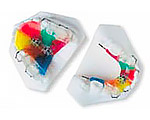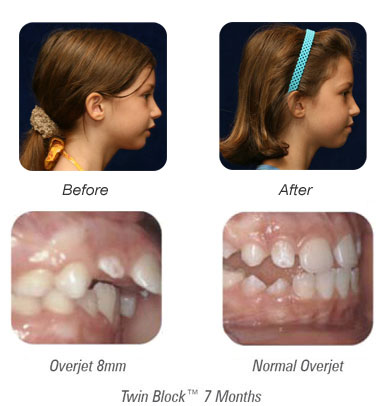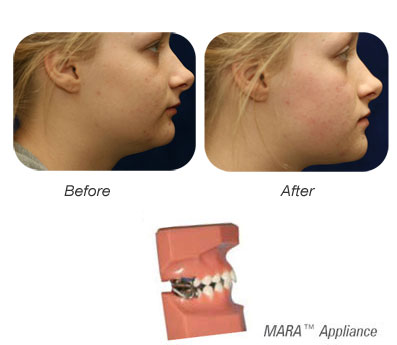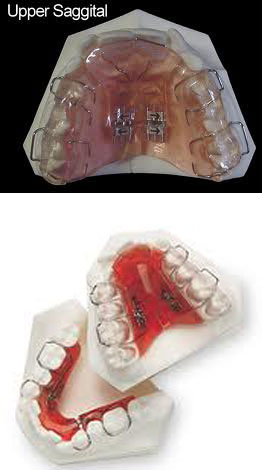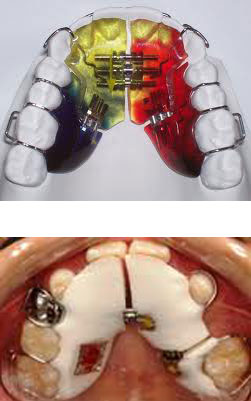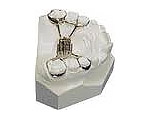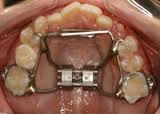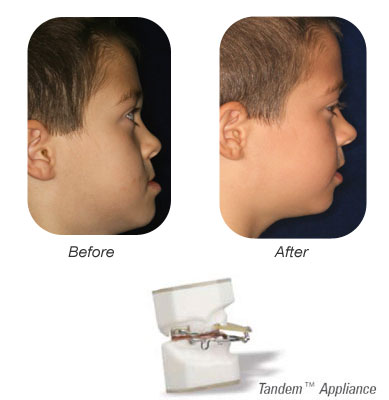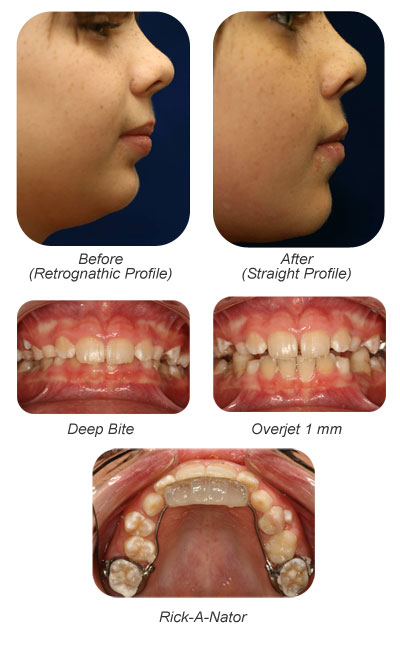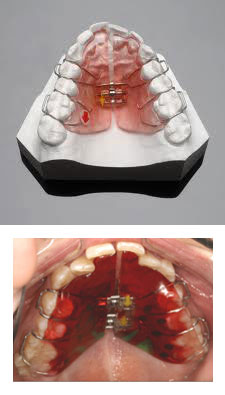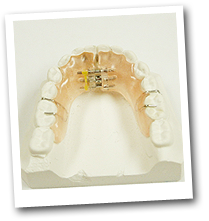Most children with crowded teeth and bad bites have narrow jaws and underdeveloped lower jaws, which could be corrected with functional appliances. Functional appliances help correct the bone problems, while the tooth problems are corrected with the orthodontic braces.
The ideal age for the use of functional appliances is between ages seven and eleven, when the cooperation level is the highest. However, functional appliances can be utilized as early as age 4, if the upper jaw is too narrow and is having a negative effect on the child’s breathing and speech. Arch development (functional appliances) can also be used in adults to develop the arch to a more normal shape and size before applying the braces.
The use of functional appliances can reduce the time the child must wear fixed braces and also can reduce the need for the extraction of permanent teeth. Functional appliances develop the dental arches so that all the permanent teeth can erupt, which ensures an outstanding profile, broad smile and healthy jaw joints.
Please feel free to click on any of the Functional Appliances below for more information.



